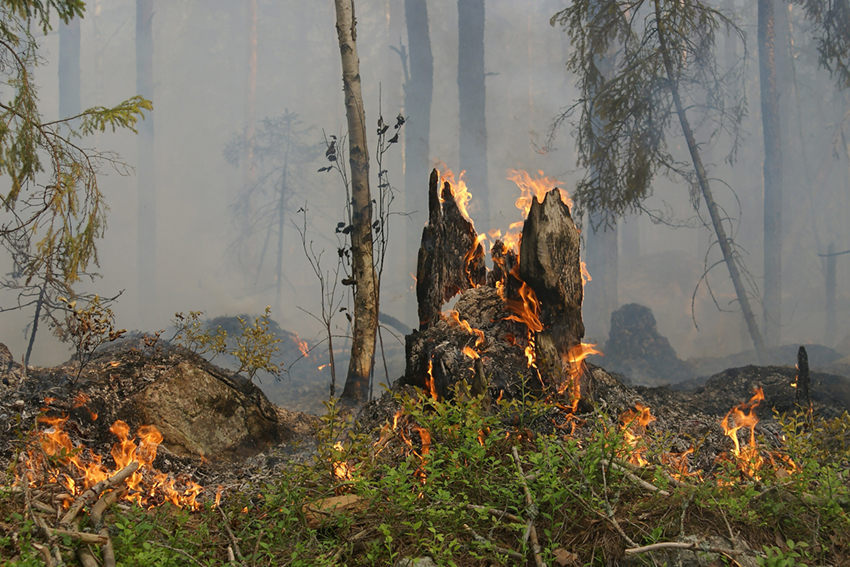What to know - Forest fire

A forest fire is a fire that spreads and damages vegetation, in some cases threatening human settlements. We speak of interface fires when the fire spreads close to houses, buildings, or populated areas.
Forest fires can occur naturally or as a result of human activity. Fires due to natural causes, triggered by lightning or a volcanic eruption, occur pretty seldom.
Most forest fires occur due to reckless and unconscious behavior but also as a result of criminal actions intentionally destroying forest heritage. There are also forest fires of involuntary origin or for which no precise cause can be identified.
Beyond the economic damage, a forest fire has severe ecological and environmental consequences with negative repercussions on all ecosystem elements in the long term, such as drought, desertification, and hydrogeological instability.
Several prevention measures can be taken to reduce risk: interventions in silviculture and forest maintenance and cleaning, sustainable use of resources, regulation of tourism, and proper maintenance of structures and infrastructure.
In prevention measures, the human factor also plays a key role. Therefore, active monitoring of the territory and the activities that occur there daily is of great importance.
The Regions and Autonomous Provinces are responsible for implementing plans for forecasting, preventing, and actively fighting forest fires, the primary aim of which is to reduce the area of forested land affected by fire.
Human beings are the leading cause of forest fires. This creates problems regarding the predictability of where a fire may break out.
There are, however, forecasting models to identify critical situations, modulate alerting levels, and prepare the deployment of human resources and means for forest firefighting activities. The variables include weather and climate conditions, the state of the vegetation, the land use and its morphology, and the organization of the territory.
These forecasting elements allow the drafting of a bulletin of susceptibility of fire outbreaks and propagation, prepared by the Civil Protection Department, which identifies for each Italian province three levels of risk (low, medium, high) corresponding to different scenarios and intervention procedures. Regions and Autonomous Provinces issue a detailed bulletin that allows a more targeted assessment to strengthen the surveillance of the territory, the activation of warning levels, and the organization of firefighting activities.
Active forest firefighting includes recognition, surveillance, warning, and extinguishing operations. In the event of a fire, the regional ground teams are the first to intervene.
If the fire is too extensive, operations managers may request the intervention of regional air assets and, if necessary, of the state air fleet, coordinated by the Civil Protection Department through the Unified Air Operations Centre (COAU).
Each Region organizes firefighting activities through the regional plan and ensures coordination through the Permanent Unified Operations Room (SOUP). The Unified Air Operations Centre, active 24/7, is in constant contact with the SOUP of all the Regions.
The majority of forest fires are of human origin. This is why adopting conscious and responsible behavior towards the environment and the territory you live in is essential.
- Do not ever light a fire outside equipped areas, and if you need to burn prunings or agricultural leftovers on your land, always follow the instructions of your municipality.
- If you stay in a picnic area where lighting barbecues are allowed, be careful and never leave the fire unwatched.
- Before leaving, ensure it is entirely extinguished, and remember to remove your waste. It can be a dangerous fuel and harm the environment.